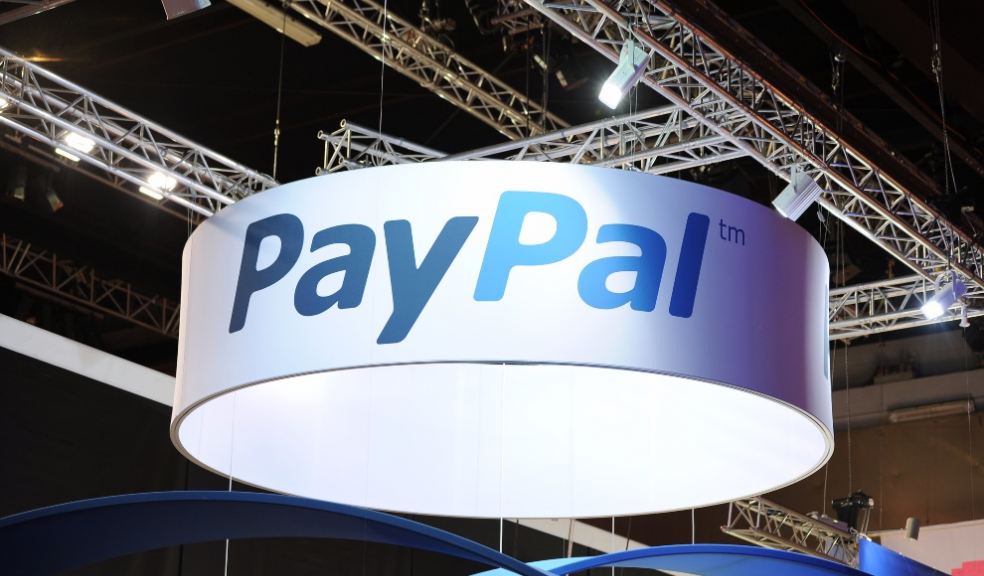
The rise and rise of PayPal
The chances are that today you’ll carry out a financial transaction using PayPal. Since its launch 24 years ago, the company has gone through incredible growth.
PayPal is now recognised as one of the most convenient payment systems. There are many reasons why this has become the case. When you want to make a financial transaction, there are always going to be two factors you want in play. The transaction must be carried out swiftly to help with cash flow, and your funds must remain safe from fraud.
PayPal achieves both aims, and that’s why it’s so popular. A Morning Consult survey last year found that PayPal was the second most trusted brand globally.
Boom for online shopping and iGaming
There are so many different ways in which you can use PayPal. There’s online shopping, of course, but also using it as a payment method at an online betting site is hugely popular. That’s where the benefits of swift financial transactions come into play.
People who are into iGaming want instant access to their deposits. And should they get lucky, then instant withdrawals head straight back into their account, whereas with debit cards, it can be a few days.
The lack of personal information involved with PayPal is also hugely attractive just in case any online fraud occurs. That’s less likely if using PayPal at one of the typical licensed gaming sites in the UK.
PayPal progress
Just how did this success happen? It didn’t happen overnight, that’s for sure. Peter Thiel, Max Levchin and Luke Nosek were the originators of what we now know as PayPal. Back in those days, the company was called Confinity. Their business was developing security software for handheld devices. That didn’t work out, though, so they changed their business into one that was a digital wallet.
That launched in 1999, and the trio probably had no idea just how successful the change in focus would be. Another person who could see that big things lay ahead for the transferring of money online was Elon Musk.
His company x.com merged with Confinity in 2000. Musk left X.com the following year (he’s not done too bad for himself since), and Peter Thiel became the CEO of X.com. In 2001, he changed the name to PayPal and the company raised over $61 million the company.
Shortly after that, PayPal was acquired by eBay for $1.5 billion in eBay stock. The company had seen 70% of its auctions accepting payments via PayPal. The payment method became the default one to be used on eBay.
More deals followed, including one with MasterCard. This saw the creation of the PayPal Secure Card service. Now customers can make payments using PayPal even if the site doesn’t accept the payment method directly.
The growth of PayPal. Also fuelled by the uses of many types of business, was continuing at a great pace. 2008 (a year after the MasterCard) deal, their annual revenue figure was $1.8 billion.
Knowing the problems of online fraud, PayPal did all it could to battle this. The acquisition of Fraud Sciences saw online risk tools developed. It cost $169 million but was worth it as PayPal continued to expand its customer numbers. They were over 100 million in 2010 in 190 different markets and 25 currencies.
The next decade saw them concentrating on their Merchant Services division. Customers could make payments in stores now. A deal with Discover Card greatly increased that area of the business.
PayPal isn’t a company that wants to stand still. It’s a competitive market, and it must keep ensuring the services it offers are continually improving. Of course, buying your opposition helps. 2015 saw them spend just over a billion pounds to acquire Xoom Corporation. They had 1.3 million active customers in the US, so a great purchase for PayPal.
Just three years later, $2.2 billion was spent on the purchase of iZettle and in 2019 went into partnership with Instagram with the new ‘Checkout on Instagram’ feature. The purchases continued and were getting more expensive. 2020’s acquisition of Honey cost them over $4 billion.
Global expansion is always the aim of any major company. Last year saw PayPal make a landmark deal in China. They became the first overseas operator that had 100% control of a payment platform in that country.
2022 continues to see PayPal improving the services that it provides. The transfer of cryptocurrencies between the company and other wallets/exchanges is now possible. More investments are being made with the latest ones in Paymob (helping Middle East expansion) and Jetty. The rise and rise of PayPal seems an ongoing one.
Main image: PayPal Booth (cc by 2.0) by Official Leweb Photos











